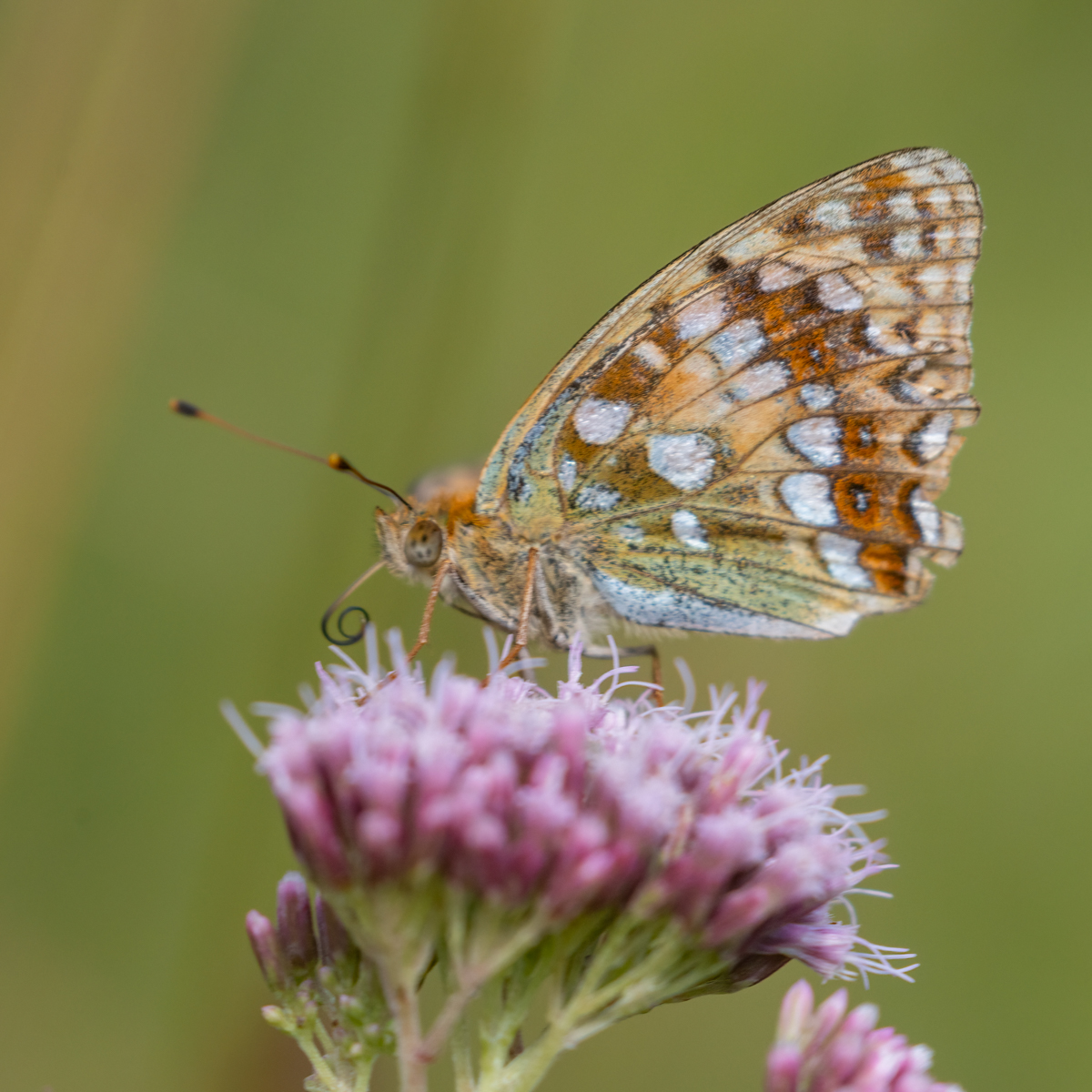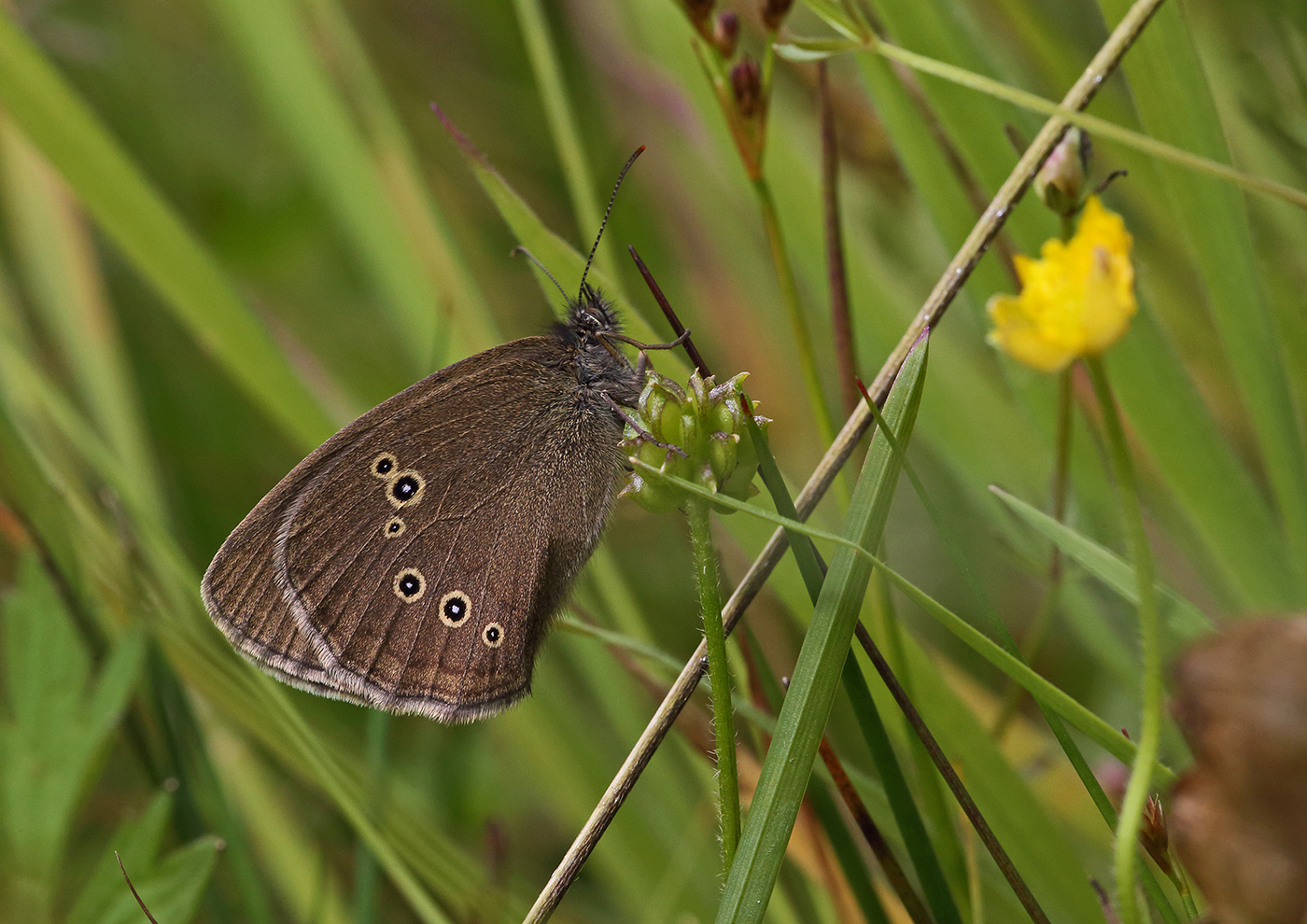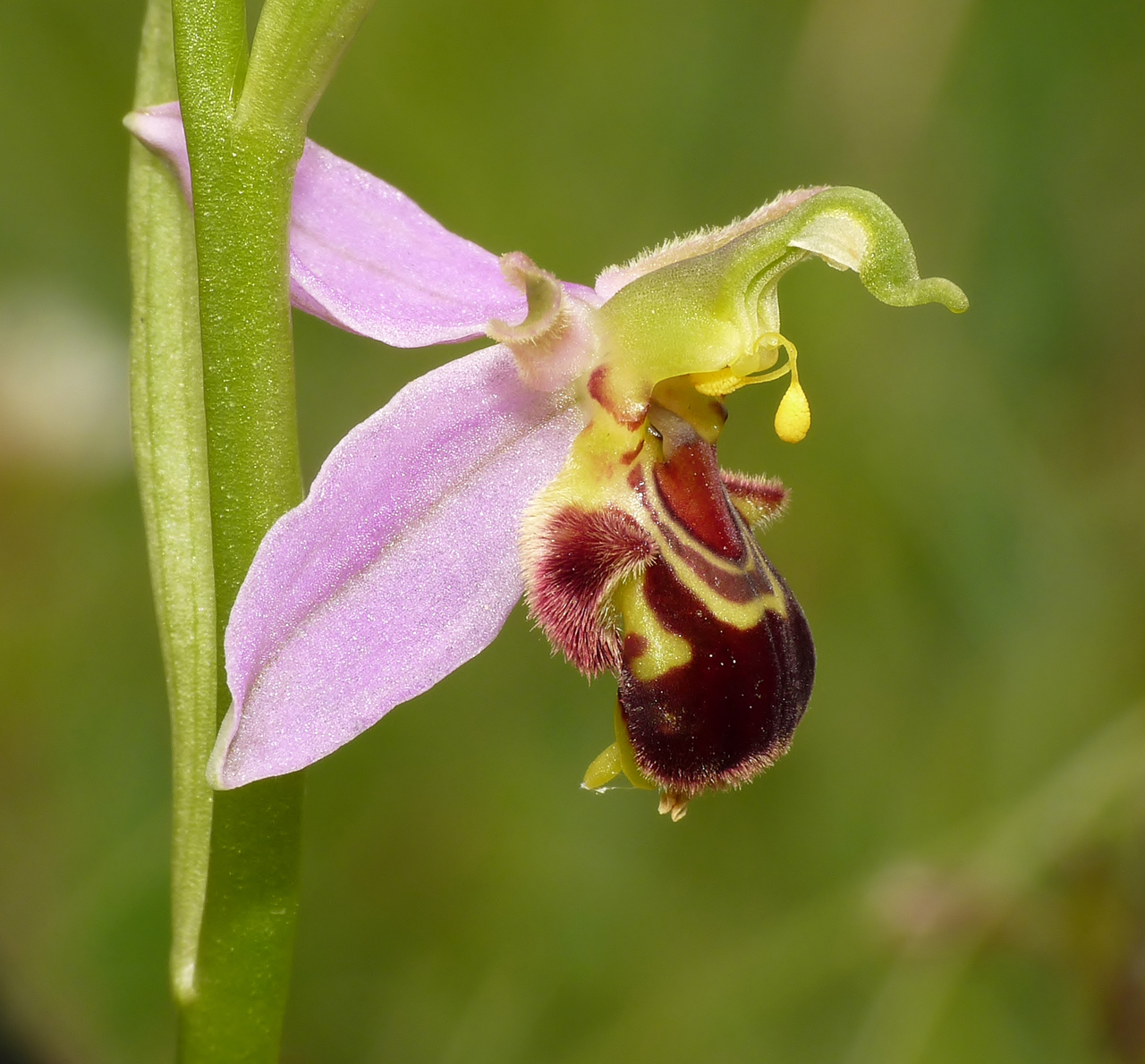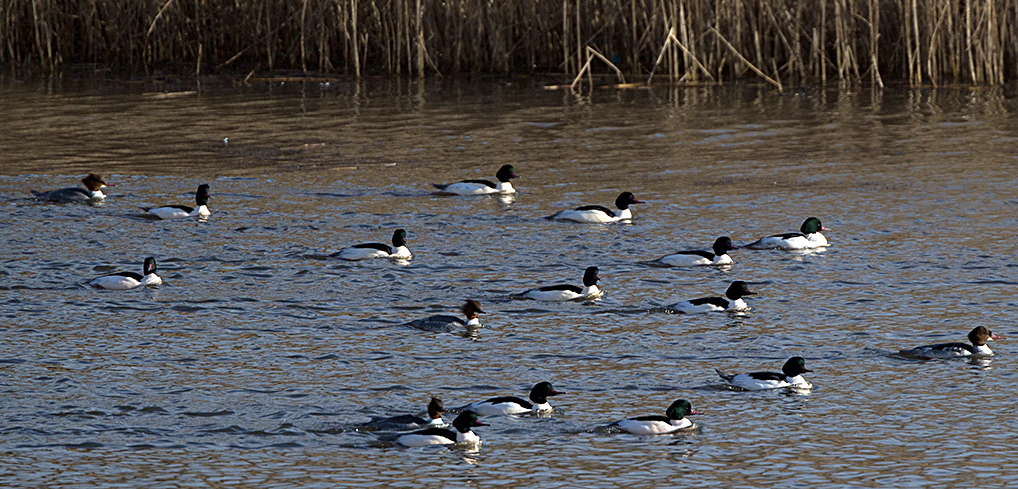KESWICK NATURAL HISTORY SOCIETY
Talk by Lee Schofield on Thursday 19th January 2023
“Fighting for Nature on a Lake District Hill Farm”
An exceptionally large audience – around 60 people – turned out in freezing weather on the evening of 19th January, to hear Lee Schofield’s talk “Fighting for Nature on a Lake District Hill Farm”, based on his fascinating book, “Wild Fell”. This describes the first ten years of the RSPB’s work at their two farms on Haweswater, where he is the Ecologist and Site Manager. And the audience were very well-rewarded! Lee is an excellent speaker, and has wonderful photos to illustrate his talk – and a truly inspiring tale to tell.
It was, though, quite shocking to hear his account of the very many ways in which the nature of the area – in common with so much of the Lake District, and many other areas - became so very degraded, particularly during the years after the Second World War. Not through design, but largely as the unintended consequence of well-intentioned government and EU policies to support hill farming and the production of food. In so much of our upland areas, this meant encouraging the removal of hedgerows, drainage of boggy land, and producing more and more sheep, but hardly anything else; plus the change from traditional hay meadows to grass grown for silage and cut earlier in the year, before ground-nesting birds have fledged.
One way and another, this had so many undesirable consequences, including increasing the risk of flooding downstream, the loss of many habitats and very many species of flora, with the land becoming covered in tough grasses, and supporting ever fewer invertebrates, birds and small mammals. Traditional mixed hill farms, with their cattle, fell ponies, pigs, geese, chickens, orchards, oats and vegetable plots, as well as sheep, became focused more and more exclusively on producing sheep. The coverage of trees – much reduced since Neolithic times – and shrubs such as juniper were reduced still further, as natural regeneration was thwarted by the grazing of sheep and deer. And a landscape that had, even in relatively recent memory, been so much more alive and varied, became so very much impoverished.
Sadly, all the effort to increase the food supply hasn’t even worked very well: despite an estimated 30% of the UK’s farmed land area being devoted to sheep, they provide only a few percent of the nation’s calorie intake.
But as Lee and his colleagues have amply demonstrated, much of the damage to Nature can be reversed - given time, determination, scientific knowledge, patience, working in partnership with others, and endless effort (and, of course, funding). The RSPB’s workforce at Haweswater and in the surrounding area have grown in number from 4 to 22, bringing economic benefits to the area, in addition to their efforts for Nature. They discovered a number of species of plants and flowers hanging on to remote crags, inaccessible to grazing animals, and these have provided local sources of seeds to grow and plant back into the landscape. They have started nurseries for native trees, to grow seeds from a few specimens surviving on ledges and gullies, to re-plant in previously wooded areas. Working together with landowner United Utilities, and alongside Natural England, the Environment Agency, Cumbria Wildlife Trust and neighbouring farmers and landowners, they are damming the drains to save and restore the peatlands (as both carbon sinks and varied habitats), and re-wiggling the becks to slow the flow of water, and encourage the return of all sorts of creatures including fish such as salmon and trout. Changes to grazing practices, including keeping sheep off some of the higher fells, and introducing small numbers of fell ponies and hardy cattle, are helping to restore the land to a healthier state. And with the restoration of habitats, the previously lost species are starting to return - sometimes surprisingly quickly. It may be too soon to hope for the return of golden eagles (still present in the area as recently as 2015, but now completely absent from England), but many other species are already starting to come back. There is hope that pine martens will be seen again, helping red squirrels to flourish; and beavers may one day be reintroduced. Red grouse have already returned, with the recovering heather; and tree pipits have moved into young woodlands.
One less-widely understood aspect of the conservation work in the Haweswater area is the collective effort to reduce the numbers of red and roe deer. With no natural predators, apart from Man, and their capacity to thrive in even the most impoverished habitats, deer numbers have risen very rapidly over recent years – to an unnatural and damaging level. But they, like the sheep, are indiscriminate browsers, and eat everything available, including young trees. Their current population density is far higher than would allow for trees to regenerate naturally, or newly planted trees to thrive. Because deer can roam freely across the landscape, deer management has to be collaborative, involving multiple landowners and managers. Culling takes place (as it does – very successfully - in many conservation areas in Scotland) to reduce their numbers and allow a much wider variety of vegetation the opportunity to come back – while also providing a healthy and ethical source of meat to take to market.
Overall, the RSPB’s work at Haweswater is an inspiring and hugely successful venture, and we can hope it will go from strength to strength, over coming decades.
The next meeting of the Keswick Natural History Society will be on Thursday 2nd February, in the Crosthwaite Parish Room, when Mark Tilzey will speak on “The change in the ecology of Dubwath
Silver Meadows”.
.jpg)
| Naddle Forest May 2018 Spike Webb |
.jpg)
| Two sides of Haweswater Lee Schofield |
|










.jpg)
.jpg)

__01.jpg)
















 Many of the smaller areas act as links in a chain of wildlife corridors, so important for the health of wildlife, and which are in turn supplemented by the cycle paths that cross the town.
Many of the smaller areas act as links in a chain of wildlife corridors, so important for the health of wildlife, and which are in turn supplemented by the cycle paths that cross the town.